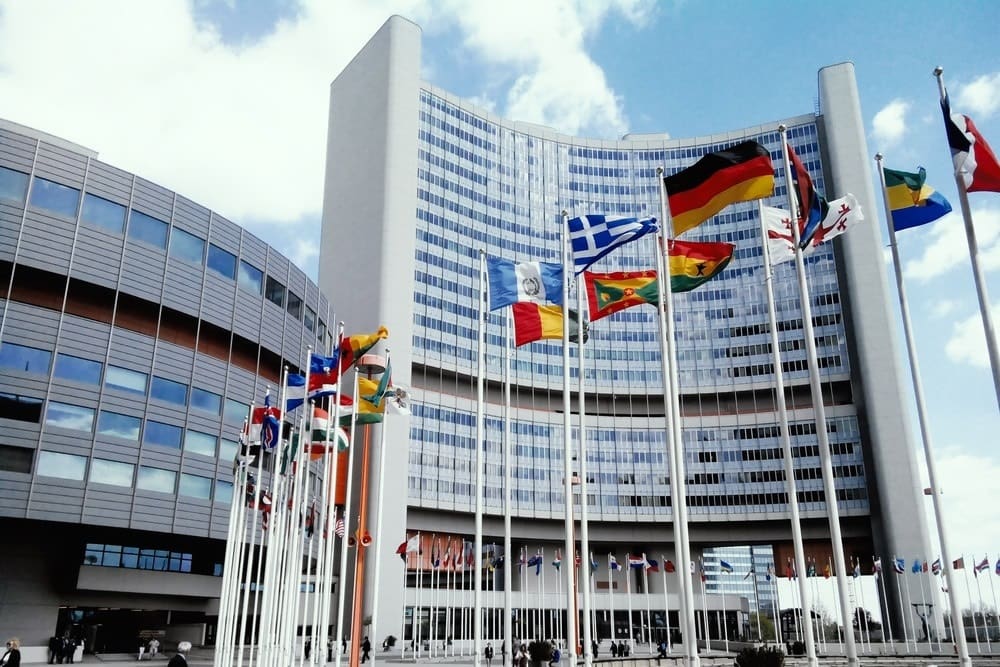Organizations must re-architect the context (culture) in which employees make decisions, simplifying ethical dilemmas and increasing ethical capacity. SAI Global’s Strategic Culture Framework provides a robust approach to achieving these objectives.
Disruptive technologies, unexpected market shifts, widespread political uncertainty, conflicting stakeholder expectations and a host of other forces are reshaping today’s business landscape. Confronted with mounting challenges and unprecedented levels of complexity and change, companies have doubled down on processes and controls. But their instinct to create predictability has done little in the way of reducing complexity or the risk of ethical failure that’s daunted business over the past 20 years.
While rules and procedures are suited to create structure around ordinary business operations, they are not sufficient to govern human behavior at a time of extraordinary change and complexity. It shouldn’t surprise us that companies are struggling to keep it all together, and the increasing rate of corporate scandals we are seeing today is another symptom of that struggle. Because complexity is both cognitively taxing and practically demanding, it makes it both more difficult to arrive at optimal decisions and more tempting to take shortcuts.
Behavioral science concurs. Over the past 20 years, a growing body of evidence has continued to show that context is critical and that people are prone to making imperfect decisions, even when the matter at stake has ethical implications. While the average person is highly confident in their own ethics, they will likely rationalize their own bad behavior. For example, though people are eager to “do the right thing,” they also keep an internal balance sheet so that, when they act ethically, they can give themselves permission to slip. Because they are keen on pledging loyalty to the groups they identify with, they may excuse their own unethical conduct as a way to benefit/protect those very groups. Though most individuals get a kick out of competition, they may suffer the consequences of its pressure and demonstrate poor judgment in the face of it. While people may be used to multitasking, they are less likely to do the right thing if they are cognitively and/or emotionally depleted.
Once we accept the idea that context has significant impact on ethical behavior and we acknowledge the fact that even well-meaning individuals can make poor decisions, the importance of culture, especially at a time of high complexity, becomes apparent.
We cannot re-engineer the human mind, but we can re-architect the context in which people operate and, in this way, help them make better decisions.
Defining Culture
But what is culture? And how do we re-architect it? In broad terms, culture is the DNA of an organization — it’s not just “how we do things around here,” but it’s fundamentally about what the organization values and believes. In underlying all that is human in an organization, culture operates as a complex architecture. Culture is embedded in the way systems and processes are designed, how people behave, the types of norms and expectations that are cemented in the organization’s fabric and the mindsets people apply to a variety of tasks and challenges.
If culture is complex and multilayered, which of its determinants should an organization focus on to mitigate ethical risk? I discussed these issues in a report recently published by SAI Global, tackling the relationship between culture, ethics and risk. As highlighted in SAI Global’s Strategic Culture Framework (SCF), two dimensions of culture play a critical role with respect to managing risk and increasing ethical performance. On the one hand, risk is defined by the extent to which the organization delegates dilemmas to its stakeholders by creating and leaving unaddressed competing priorities that create difficult trade-offs. On the other, risk depends on whether the organization’s culture entails resources, practices and resilience that create adequate ethical capacity.
Delegation of Ethical Dilemmas
Delegation of ethical dilemmas is shaped by the implicit and explicit principles of conduct that permeate the organization’s culture, the way leadership and power are exercised across the various echelons and the tangible and intangible rewards and penalties used to reinforce/discourage employee behavior. The unwitting practice of delegating dilemmas is a key source of risk because, as discussed, while people mean well, the way they process information, make decisions and behave is heavily affected by the context in which they operate and the priorities that context shapes. We do not think in a vacuum, especially when we are in the thick of things; and we are highly affected by whatever experiences we may be exposed to. Therefore, if an organization touts integrity but, at the same time, values aggressive growth; if leadership talks about ethics at the quarterly town hall but pressures people to meet their targets every single day; if incentives reward high performance but penalties fail to sanction unethical conduct, employees will regularly face a choice between integrity and doing whatever it takes to meet the ambitious revenue goals they are held accountable to. And eventually, that choice will amount to doing the wrong thing.
Ethical Capacity
Like delegation of ethical dilemmas, ethical capacity is shaped by three culture determinants: ethical ownership, ethical reasoning and ethical voice. Ethical ownership answers the question of who owns ethics in the organization. For example, if the organization values safety, what goals and responsibility have been created around the principle of safety? Ethical reasoning underscores the various ways in which the organization’s culture makes it easy/difficult for people to engage in sound reasoning. And ethical voice frames the availability, access and control of resources and experiences that enable effective reporting, sharing and speaking out, making it possible for people to have control over dilemmas and ethical outcomes.
The SCF lays out an approach to managing ethical risk and ethical performance that doesn’t ignore or wish away the complexity organizations face today. Instead, it forces them to look at that complexity straight in the eye so as to better understand it. For example, to reduce delegation of ethical dilemmas, organizations must understand the norms and expectations around conflicting priorities. This type of insight will be critical in order to recalibrate those very objectives or structure them differently. This is profoundly different from trying to instill values or rules independent of the impact that other priorities may have on employees.
At the crossroad of new ethical questions, shifting expectations, evolving values, increasing individual autonomy and constant uncertainty, businesses will be faced with a new breed of risk. The question will no longer be how to monitor and control people — though many companies are enticed by that possibility — but how to enable sound individual judgment, harness the virtues and passions people bring to work and nurture an organization’s collective ability to ponder difficult questions and controversial choices. This is why organizations that focus on their culture will thrive in this new era. They can build up the resources to prevent the next myopic choice. They can develop the resilience to uphold their principles at times of crisis and pressure.



 Caterina Bulgarella is co-founder and managing director of Be Thread, a platform of advisory services and apps to enable the future of ethical work. She’s helped businesses address some of today’s most fundamental challenges: engaging employees, building work processes on the foundations of trust and purpose; developing a strong ethical culture; creating leadership capacities for an era of fast change and deep complexity; and nurturing inclusive belonging. A social scientist with deep expertise in culture measurement and the design of data-driven organizational practices, Bulgarella has contributed to organizations’ understanding of conduct risk through theoretical and applied research interventions. She holds a Ph.D. in organizational psychology from New York University (NYU). She is a leadership strategy fellow at the American College’s Maguire Center for Ethics. She also teaches leadership strategy in the I/O psychology master program at NYU.
Caterina Bulgarella is co-founder and managing director of Be Thread, a platform of advisory services and apps to enable the future of ethical work. She’s helped businesses address some of today’s most fundamental challenges: engaging employees, building work processes on the foundations of trust and purpose; developing a strong ethical culture; creating leadership capacities for an era of fast change and deep complexity; and nurturing inclusive belonging. A social scientist with deep expertise in culture measurement and the design of data-driven organizational practices, Bulgarella has contributed to organizations’ understanding of conduct risk through theoretical and applied research interventions. She holds a Ph.D. in organizational psychology from New York University (NYU). She is a leadership strategy fellow at the American College’s Maguire Center for Ethics. She also teaches leadership strategy in the I/O psychology master program at NYU. 









